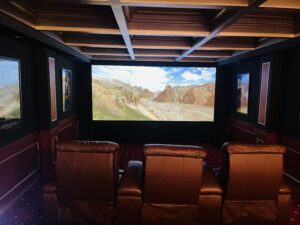
How Much Does a Home Theater Room Cost?
One of PrimeTheatres’s most common questions is, “How much does a home theater cost?” The answer isn’t straightforward because home theaters come in all shapes and sizes, just like houses.
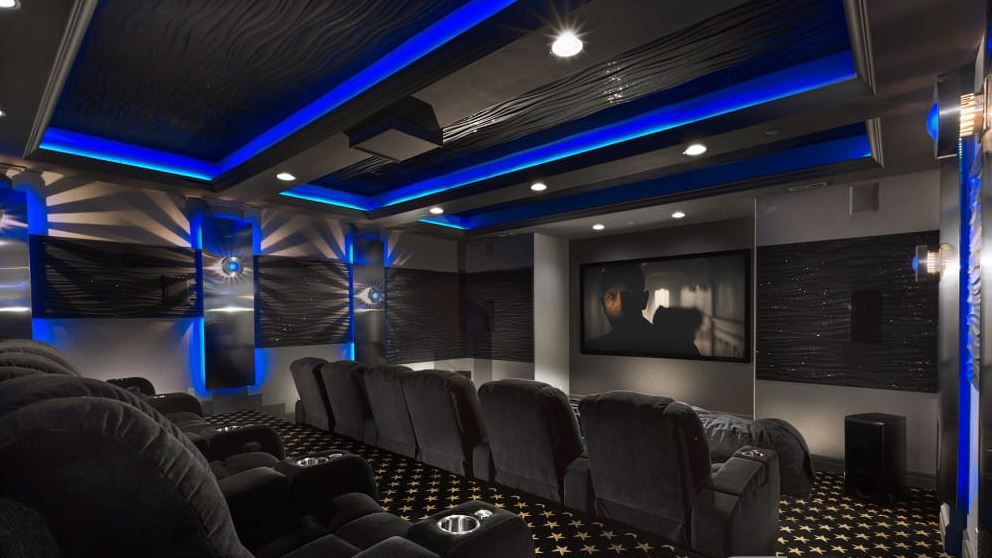
A good home theatre system isn’t just about having a high-quality projector and speakers. It’s also about creating an acoustically optimized environment that allows for the best possible sound quality. Proper acoustics can make a significant difference in the overall sound quality of your home theatre, and this guide will provide you with some essential tips on how to optimize your space for the best sound possible.
Conclusion:
Optimizing the acoustics of your home theatre is essential for achieving the best possible sound quality. Consider the size and shape of your room, proper speaker placement, adding acoustic treatments, using room correction systems, and minimizing ambient noise. With these tips, you can transform your home theatre into a cinematic experience with the best sound quality possible.

One of PrimeTheatres’s most common questions is, “How much does a home theater cost?” The answer isn’t straightforward because home theaters come in all shapes and sizes, just like houses.
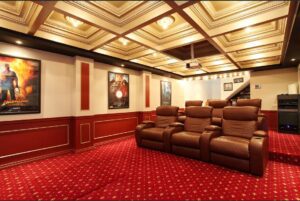
Transform your home entertainment experience with PrimeTheatres, Melbourne’s leading provider of custom home theater solutions. Whether you’re a movie buff, a gaming enthusiast, or a sports fanatic, we bring the
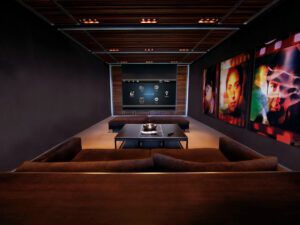
Welcome to PrimeTheatres—Melbourne’s premier destination for home theater design. In this guide, we’ll walk you through everything you need to know about setting up the perfect home theater system. Whether

A great home theatre system can transform your theatre room into a true entertainment centre, providing you and your family with an immersive audio and visual experience. But with so
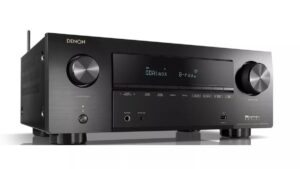
The year 2023 has seen the release of several top-quality AV receivers that cater to the needs of audiophiles and home theater enthusiasts alike. These devices are equipped with cutting-edge
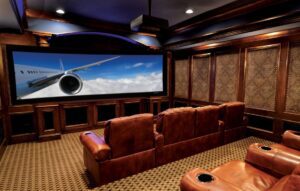
As technology advances, the quality of projectors continues to improve. Nowadays, 4K projectors have become increasingly popular, providing users with a clear and crisp image quality unmatched by lower-resolution projectors.
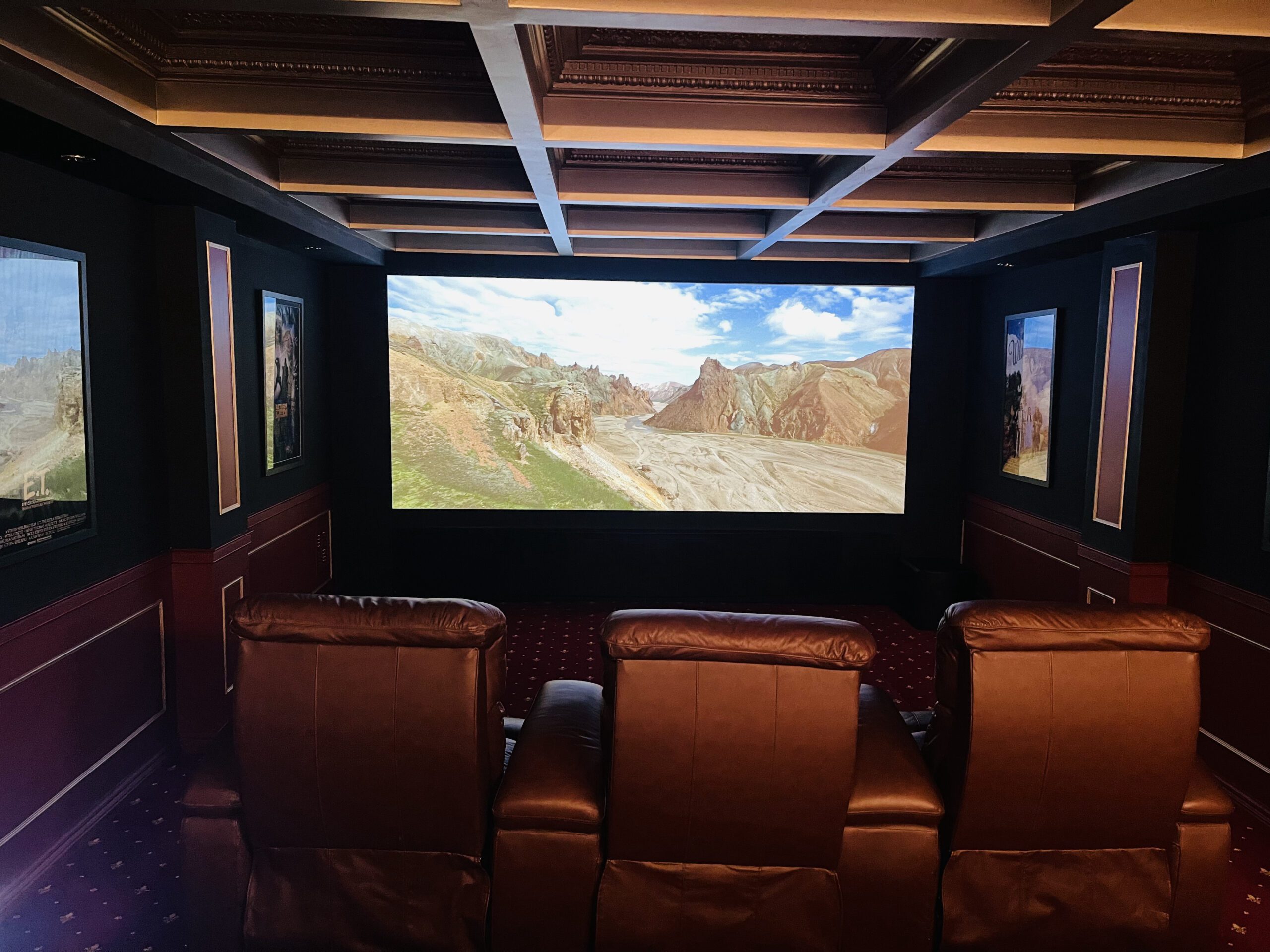
One of PrimeTheatres’s most common questions is, “How much does a home theater cost?” The answer isn’t straightforward because home
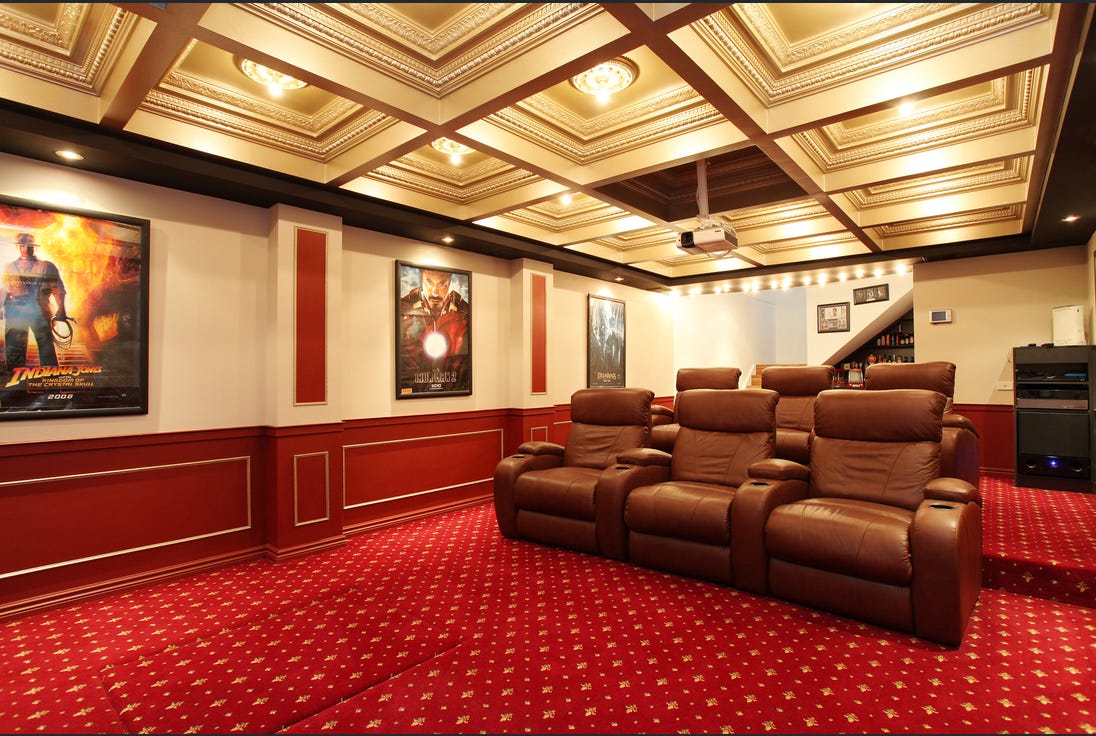
Transform your home entertainment experience with PrimeTheatres, Melbourne’s leading provider of custom home theater solutions. Whether you’re a movie buff,
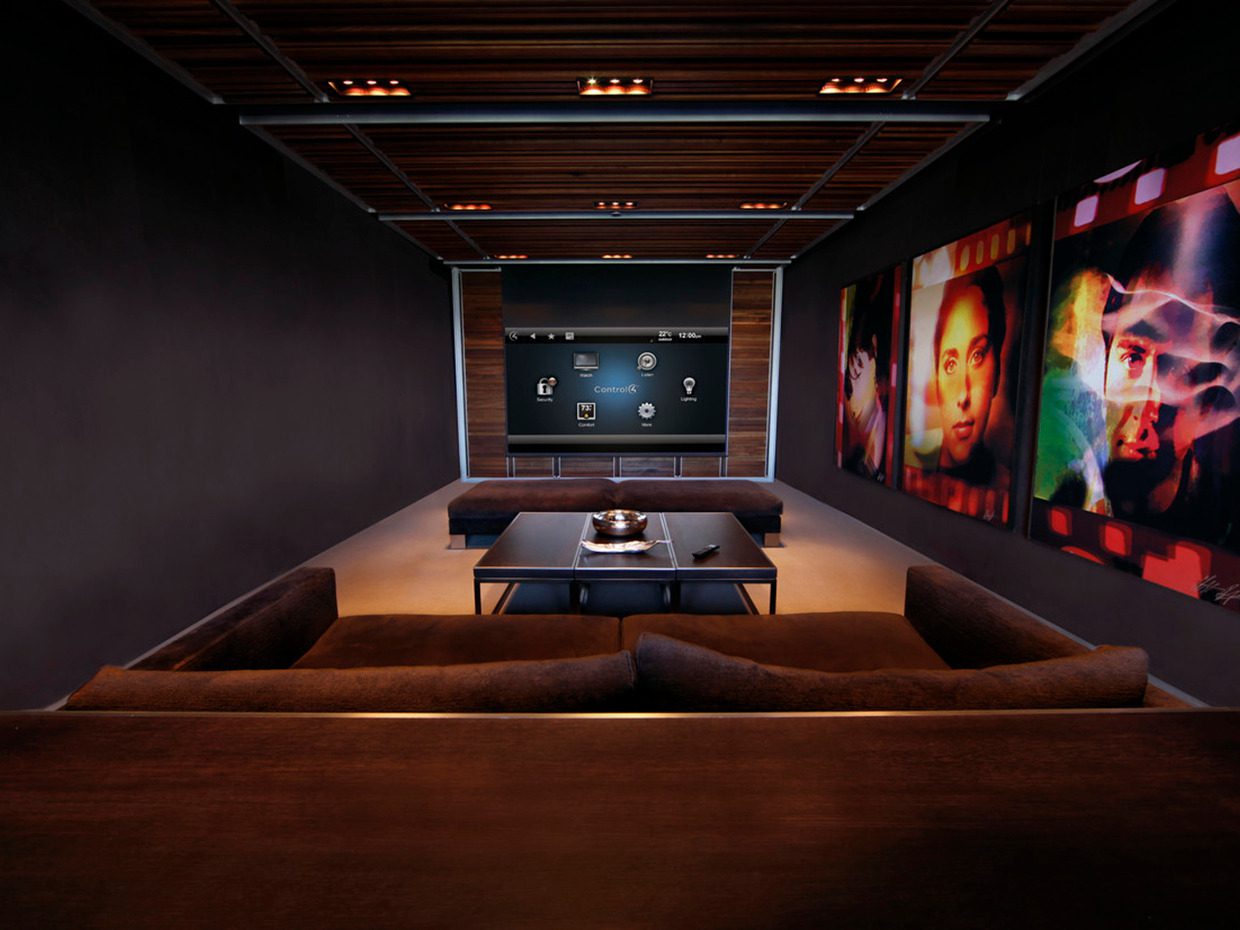
Welcome to PrimeTheatres—Melbourne’s premier destination for home theater design. In this guide, we’ll walk you through everything you need to

A great home theatre system can transform your theatre room into a true entertainment centre, providing you and your family
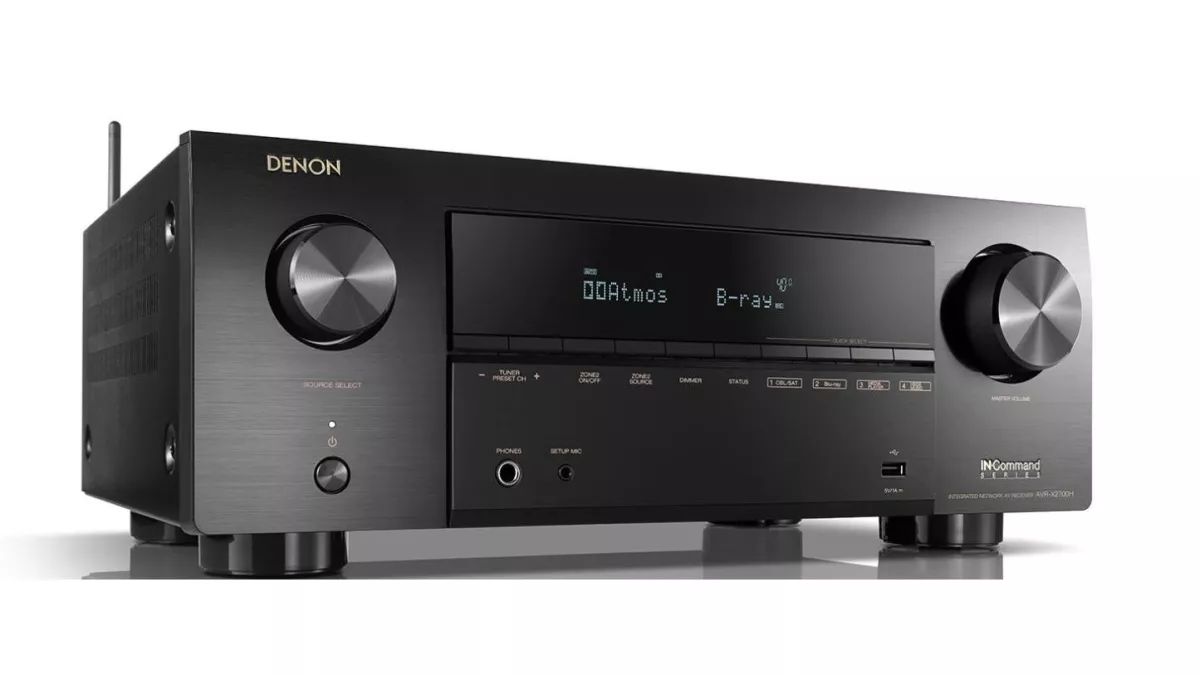
The year 2023 has seen the release of several top-quality AV receivers that cater to the needs of audiophiles and
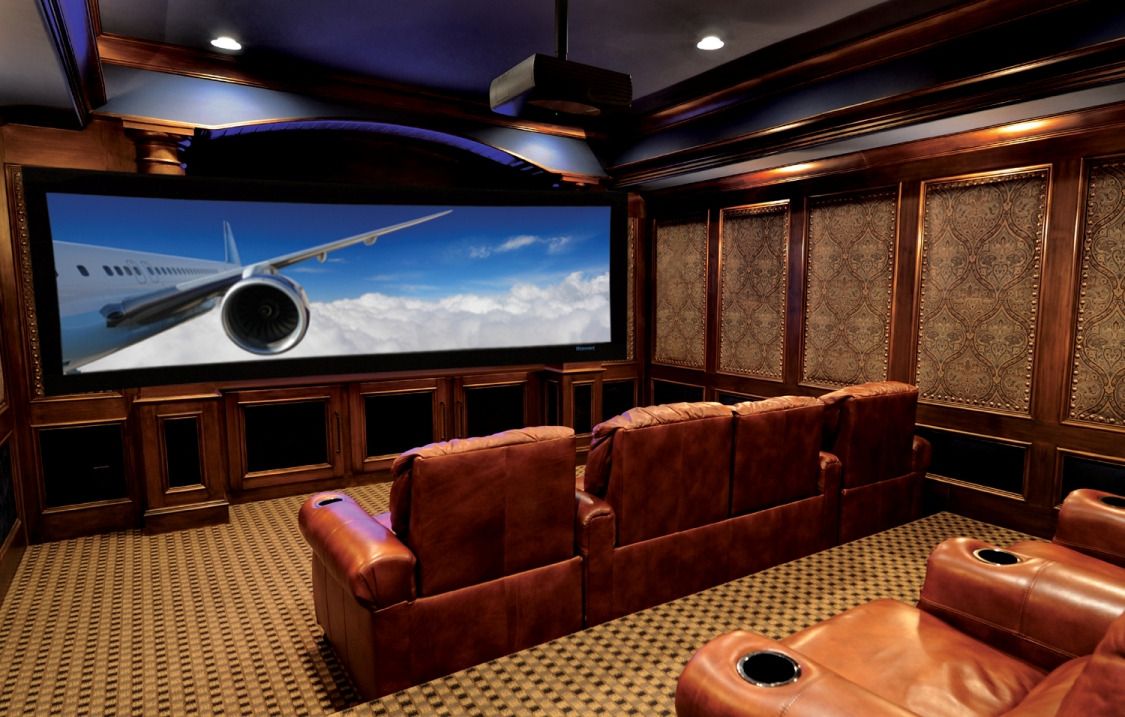
As technology advances, the quality of projectors continues to improve. Nowadays, 4K projectors have become increasingly popular, providing users with

Choosing the right projector screen for your home theatre is essential for an immersive and enjoyable viewing experience. The screen

A good home theatre system isn’t just about having a high-quality projector and speakers. It’s also about creating an acoustically
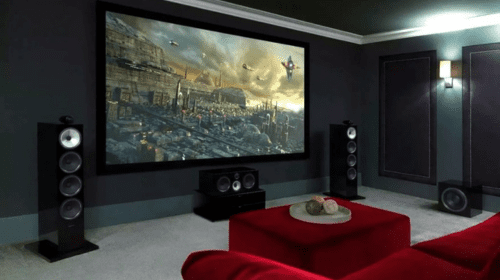
A home theatre system package is the smartest buy for the movie buff or those who would like to bring
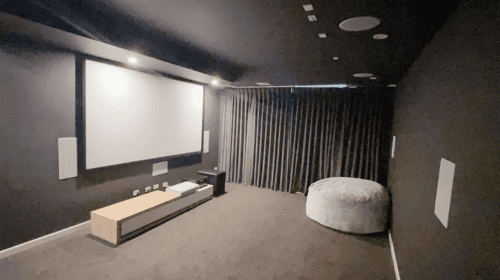
Creating a captivating home theatre experience involves more than just buying the right equipment; it requires professional installation to ensure
